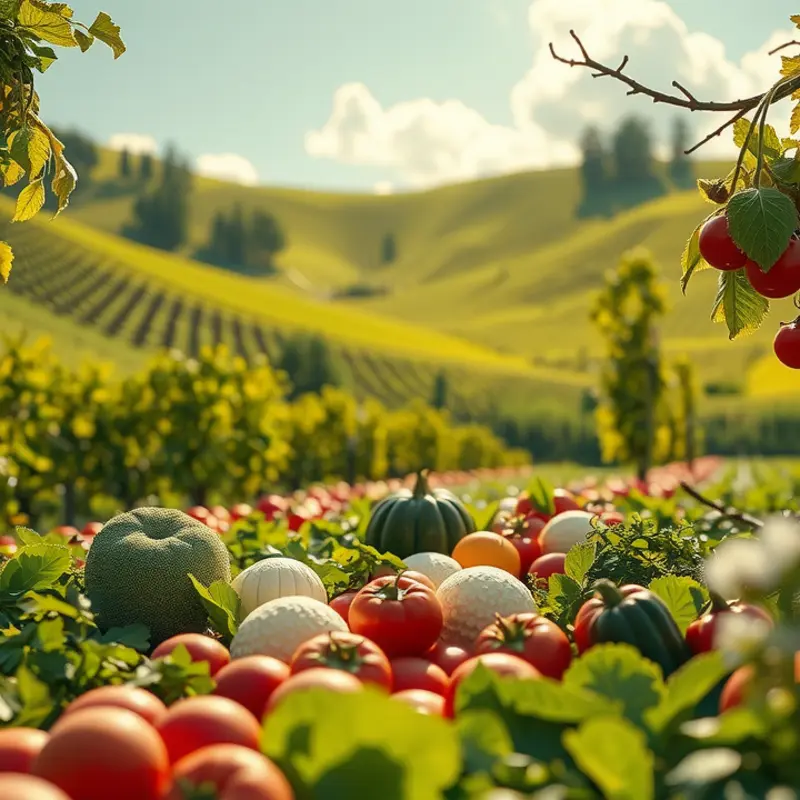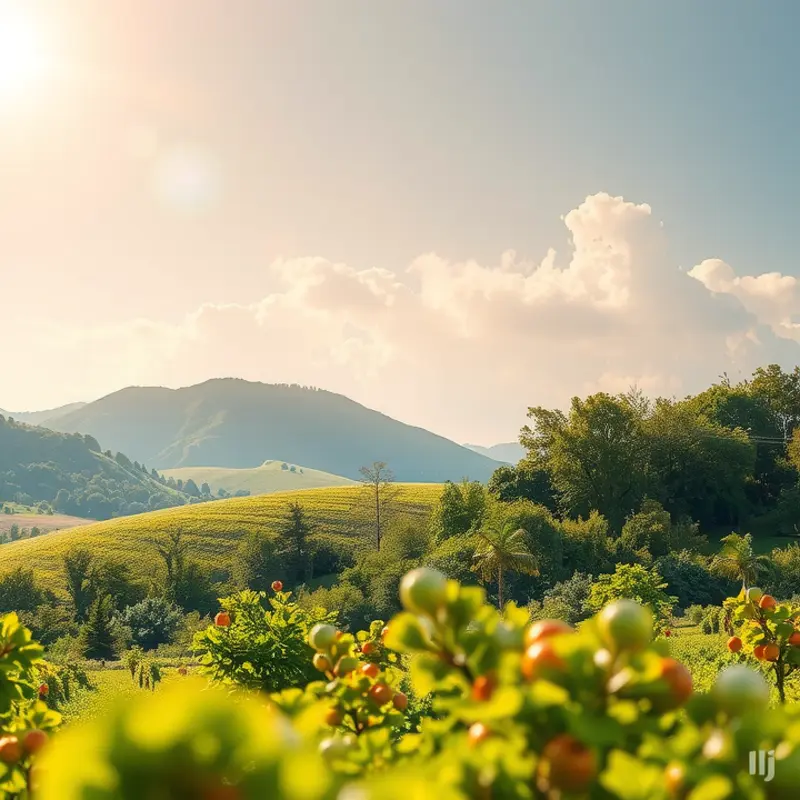Island nations boast a unique culinary landscape shaped by geography, history, and cultural exchanges. From the tropical flavors of the Caribbean to the robust spices of the Indian Ocean, each island offers a distinctive blend of ingredients and cooking styles that reflect the spirit of its people. This exploration invites food enthusiasts and culturally-curious readers to discover how island traditions have created flavorful cuisines with deep-rooted stories behind them.
The Taste of the Tropics: Caribbean Cuisine

Caribbean cuisine stands as a vibrant mosaic of tastes, deeply rooted in a rich cultural tapestry influenced by African, Indigenous, European, and Asian flavors. The Caribbean Sea and sun-kissed soil provide an abundance of fresh ingredients, allowing culinary traditions to thrive on freshness and boldness. Seafood takes center stage, with the ocean’s bounty offering a plethora of choices such as red snapper, conch, and lobster. Each island adds its twist with spices, creating dishes that are as diverse as the cultures they come from.
One cannot speak of Caribbean cuisine without mentioning jerk chicken. This iconic dish exemplifies the region’s unique culinary fusion. Originating from Jamaica, jerk chicken is traditionally marinated in a fiery blend of Scotch bonnet peppers, allspice, and other spices before being slow-cooked over pimento wood. The result is a smoky and spicy masterpiece that tells the story of survival and adaptation.
Equally integral to the Caribbean culinary scene is callaloo, a dish that highlights the region’s lush, tropical greenery. Often considered the Caribbean’s answer to spinach, callaloo is simmered with ingredients like coconut milk, okra, and various meats or fish, creating a hearty and nutritious meal that nourishes body and soul.
Tropical fruits also play a starring role, with flavorsome mangos, papayas, and bananas adding a burst of sweetness to both savory and sweet dishes. Many these fruits are often enjoyed freshly sliced, or transformed into vibrant salsas, refreshing beverages, and decadent desserts.
Spices in the Caribbean are not merely for flavor; they embody history. The region’s spice trade past contributes to a distinctive blend of herbs and spices in each dish, which can also function as flavor boosters. This infusion of history into food highlights an important aspect of cultural identity and unity across the islands.
Food in the Caribbean is more than just sustenance; it is a cornerstone of community life. Social gatherings and festivals are incomplete without copious amounts of shared food. Whether it’s Crop Over in Barbados or Jamaica’s Reggae Sumfest, these celebrations revel in the joy of communal dining. Food brings people together, fostering a sense of belonging and shared identity. Recipes are passed down through generations, each iteration a homage to the ones who came before.
In the rich world of Caribbean cuisine, each dish narrates a story of resilience and cultural fusion. The taste of the tropics is a testament to how food can transcend the simple act of eating, becoming a deeply shared cultural experience that binds communities together.
Culinary Crossroads: Flavors of Southeast Asian Islands

The Southeast Asian islands offer a culinary landscape rich with the echoes of history. Each dish reflects a blend of indigenous techniques, Chinese maritime influences, and Indian spice traditions. Here, the islands of Bali and the Philippines stand out with aromatic dishes, street food culture, and a pronounced emphasis on balance.
In the market streets of Bali, vendors skillfully prepare Nasi Goreng, a quintessential Indonesian delight. The dish combines fried rice with soy and shrimp pastes, creating an umami-rich experience. Its roots reflect a multitude of cultural connections—from the traditional use of locally grown rice, to the Chinese influence seen in the method of stir-frying. There, every spoonful reflects the sentiment that rice is more than sustenance; it is a symbol of life itself.
Similarly, in the Philippines, Adobo represents the country’s historical influences and local innovations. Vinegar and soy sauce, poured generously, balance each other to form a perfect harmony of savory, sour, and sweet. Every family might have its unique version, incorporating regional indigenous flavors with techniques passed on through generations. This versatility makes Adobo a true emblem of the archipelago’s culinary identity.
Street food handlers cleverly capture authenticity as they street-cook dishes that showcase the variety of island flavors. Balinese satay skewers, dipped in rich peanut sauce and grilled over coconut husks, fill the air with captivating aromas. These portable delights provide not just a burst of flavors but a glimpse into the balancing act of savory, sweet, and spicy that is so characteristic of the region. Meanwhile, in the Philippines, food stalls offer lumpia, a testament to Spanish and Chinese parallels, yet distinctly Filipino in execution.
The art of taste balance is central to Southeast Asian island cuisine. Home cooks and professional chefs alike focus on contrasting and complementing flavors: sweet coconut milk tempers fiery chili; aromatic herbs like lemongrass and kaffir lime leave a refreshing finish. By perfecting the interplay of these flavors, each dish tells a story of the land and its people.
These vibrant island cuisines offer a prism through which cultural heritage and culinary mastery are shared. For those interested in learning more about how global trade influences culinary traditions, you may explore this insightful article.
From the bustling streets to the dinner tables filled with coconut-based stews, Southeast Asian island cuisine is a celebration of flavor, heritage, and tradition. Through dishes like Nasi Goreng and Adobo, the islands’ rich histories are woven into every meal, bringing the world together through the irresistible allure of taste.
Final words
Culinary traditions in island nations offer a vibrant tapestry woven from history, culture, and geography. Each dish tells a story, revealing the resilience and creativity of communities that have cultivated their identities through food. From the lively Caribbean spices to the balanced flavors of Southeast Asia, the shared experience of enjoying these cuisines invites a deeper understanding of how islands express their unique heritages. As culinary enthusiasts and culturally-curious adventurers, embracing these traditions unveils not just flavors, but connections to a world rich in heritage and stories waiting to be savored.








